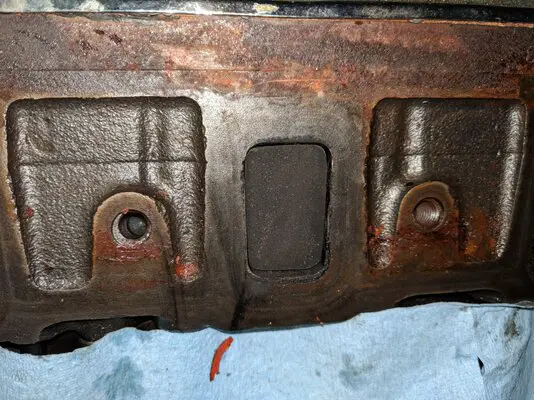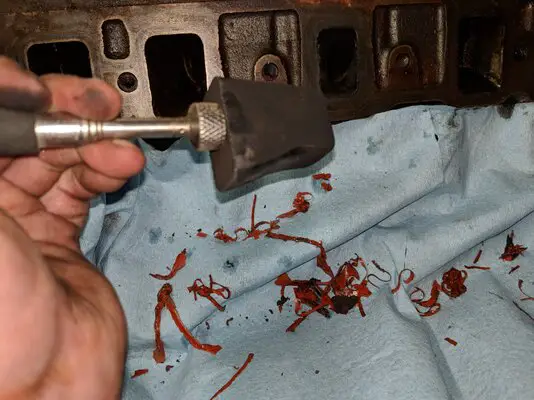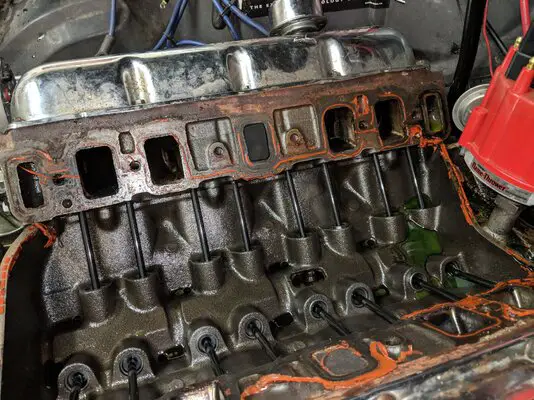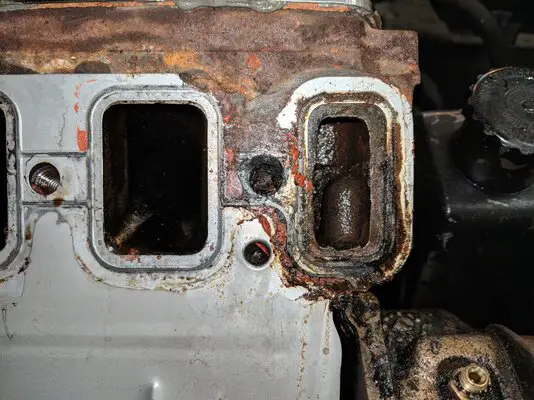WC, a couple of things. If you don't fix the manifold leaks first, any adjustments you make will be tuning the motor to the leak. If the leaks are bad enough it's going to make your afr very unpredictable whenever you change from one static condition to the next. Probably why your afr spiked to 17 after you adjusted it to 14 and tried to move the car. Increasing the rpm and the manifold started pulling more air in and the fuel mix went mega lean, all at once.
What makes it dangerous to the motor is that if the manifold is only leaking into a couple of cylinders, those may be running much leaner than the afr indicates. Good way to burn up valves/pistons. The manual choke is probably not making any difference because the motor is pulling in enough air through the leaks not to make it run rich when you choke it.
The upside is that fixing the manifold leak may go a long way towards eliminating the bog problem that started this post. Please let us know how this goes and good luck.
What makes it dangerous to the motor is that if the manifold is only leaking into a couple of cylinders, those may be running much leaner than the afr indicates. Good way to burn up valves/pistons. The manual choke is probably not making any difference because the motor is pulling in enough air through the leaks not to make it run rich when you choke it.
The upside is that fixing the manifold leak may go a long way towards eliminating the bog problem that started this post. Please let us know how this goes and good luck.








